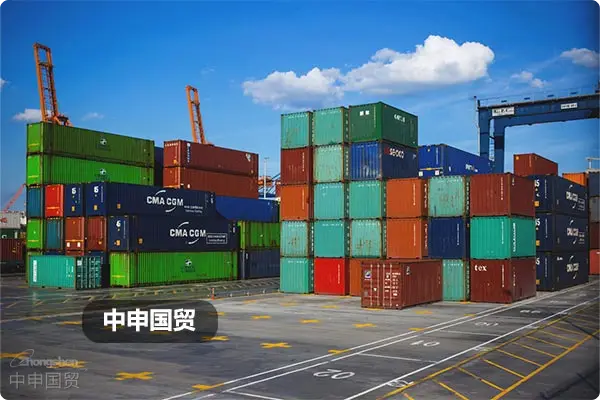- Shanghai Zhongshen International Trade Co., Ltd. - Two decades of trade agency expertise.
- Service Hotline: 139 1787 2118

Contents
ToggleNew Landscape of the Global Beauty Device Market
According to Global Market Insights, the global beauty device market size is projected to exceed $120 billion by 2025, with radiofrequency beauty devices, laser hair removal equipment, and skin analyzers accounting for 62% of the import share. As the largest import market in the Asia-Pacific region, China is expected to absorb $4.7 billion worth of imported devices by 2025. However, customs data reveals that the actual clearance success rate is only 78%.
The Deadly Details in the Customs Clearance Process
A German beauty device manufacturer experienced a 37-day detention of an entire container of goods at the port due to incorrect product classification during its initial entry into the Chinese market. This incident exposed...Import RepresentationThe core value of service:
- HS Code Dynamic Management: The 2025 revised Harmonized System will reclassify microcurrent beauty devices under subheading 9018.1990.
- Composite tax rate calculation: Equipment containing optical components is subject to a 13% value-added tax and a 7% consumption tax.
- Technical Compliance Verification: FDA certification is not equivalent to China's NMPA Class II.Medical EquipmentRegister
Service Architecture of Top-Tier Agency Firms
Professional Beauty CareEquipment ImportsThe service system of merchants should include a three-tier risk prevention and control mechanism:
- Pre - filing stage
- Product Technical Parameter Pre-review (Key Focus: Wavelength, Power, Applicable Area)
- Verification of Special Certificate of Origin Documents
- Logistics customs clearance stage
- Comparison of Multi-Port Clearance Solutions (The difference in clearance time between Guangzhou and Shanghai reaches 72 hours)
- Supervision of Energy Efficiency Labeling for Electromechanical Products
- After - sales Tracking Stage
- Connection of Medical Device Adverse Event Monitoring System
- Annual Import Quota Audit Adjustment
In - depth Analysis of Typical Cases
A certain Korean RF beauty device brand has achieved the following through professional agency services:
- The CCC certification processing period has been reduced from the standard 143 days to 89 days.
- Avoiding a tax loss of 1.27 million yuan through categorized dispute resolution.
- Establish a dynamic compliance database to address the upcoming EU regulations set to be implemented in 2025.
Agent Service Provider Evaluation Matrix
When selecting a partner, the key areas to evaluate include:
- Industry-specific team: It is required to allocate at least 3 operators holding a Class II Medical Device Registration Specialist Certificate.
- Risk compensation mechanism:The inspection of demurrage coverage must include a limit of 1 million yuan per case.
- Data-driven decision-making capability: A fluctuation analysis report on customs clearance efficiency for similar products over the past three years should be provided.
- Emergency Response Standards: In case of sudden classification disputes, a Customs pre-ruling application plan must be issued within 48 hours.
New Compliance Trends in 2025
The upcoming regulatory changes include:
- The EU MDR regulations extend to the classification of cosmetic laser devices.
- China Customs will implement a new version of the traceability QR code for medical devices.
- ASEAN Member States Unified Technical Standards Framework for Beauty Equipment
The value of a professional agency lies not only in its basic customs clearance services but also in the establishment ofRisk Early - Warning SystemandCompliance Knowledge BaseAccording to a case study from a leading service provider, intervening in the product design phase in advance can help clients reduce subsequent compliance costs by an average of 23%. It is recommended that importers conduct thorough due diligence on their existing agency service providers before the implementation of the new regulations in 2025.
Related Recommendations
? 2025. All Rights Reserved. Shanghai ICP No. 2023007705-2  PSB Record: Shanghai No.31011502009912
PSB Record: Shanghai No.31011502009912










